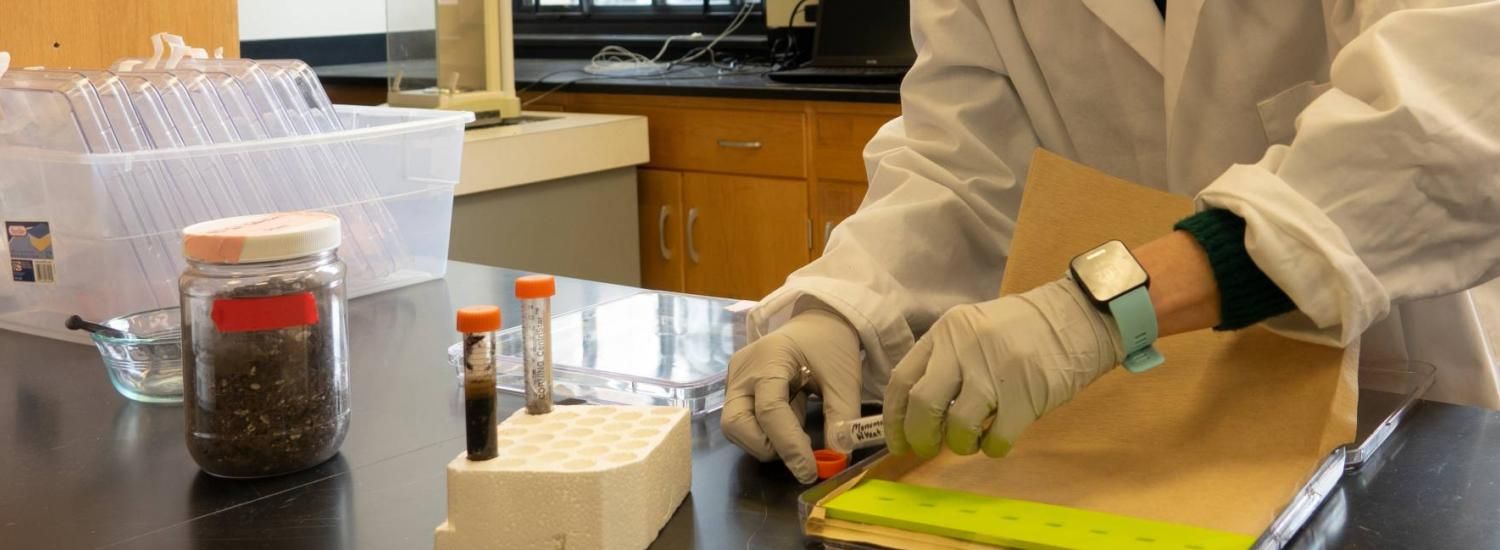Machine learning helps scientists identify the environmental preferences of microbes
New approach promises to help guide ecological restoration efforts, agriculture, and development of probiotics.

Researchers have figured out a way to predict bacteria’s environmental pH preferences from a quick look at their genomes, using machine learning. Led by experts at CU Boulder, the new approach promises to help guide ecological restoration efforts, agriculture, and even the development of health-related probiotics.
“We know that in any environment, there’s a ton of bacteria with important ecological functions, but their environmental preferences often remain unknown,” said Noah Fierer, a fellow of the Cooperative Institute for Research in Environmental Sciences, CIRES, and professor of ecology and evolutionary biology at CU Boulder. “The idea is to use this technique to figure out the basics of their natural history.”
Understanding whether certain bacteria are most likely to thrive in acidic, neutral, or basic environments is just a first step, said lead author Josep Ramoneda, a CIRES visiting scholar. “You could use this approach to anticipate how microbes will adapt to almost any environmental change,” he said. Say, for example, sea-level rise is bringing more saline water into a coastal wetland. “We can anticipate how microbes will respond to these environmental changes,” Ramoneda said.
The new work was published today in the journal Science Advances, and co-authors include others from CIRES and CU Boulder as well as colleagues from Canada.
Microbes, including bacteria, are critical to the functioning of ecosystems; helping plants grow, enabling nutrient cycling in lakes, and even supporting human digestion. But often, they’re impossible to isolate and grow in the lab, so we often know little about them, Ramoneda and Fierer said—except for their genetic makeup. Genetic “fishing” techniques of recent decades have led to exponentially growing databases of bacterial genomes.
So the research team drew on what scientists know about a few bacterial groups, which thrive at one particular pH or another, and then used machine learning to link those groups’ environmental pH preferences with their genetic makeup. The work involved sorting through the genomes of more than 250,000 types of bacteria from nearly 1,500 soil, lake, and stream samples.
“What we found is we can make inferences about their pH preferences based on genomic data alone,” Ramoneda said. For scientists, one of the finding’s most immediate implications is that it could help them grow colonies of finicky bacteria they’ve never been able to grow before, by giving them a first guess at what pH to use. It can take years to figure out how to “culture” bacteria so they can be studied in the laboratory and the machine-learning method could make that process far, far more efficient, Fierer said.
Agricultural and forestry experts also often add live bacteria to “inoculate” growing plants with helpful communities of bacteria, Ramoneda said. Now, they may get quicker, better insight into the types of bacteria that might help restore a native prairie vs. pine forests, or to better grow corn or soybeans, by ensuring that inoculants will be adapted to the local pH.
Next, the team plans to try to get insight into the temperature preferences of bacteria, another complex system likely involving many, many genes. That could help them better understand how warming will influence soil bacterial communities, for example.
“The alternative is to try to grow them all in the lab, and that’s painful,” Fierer said.